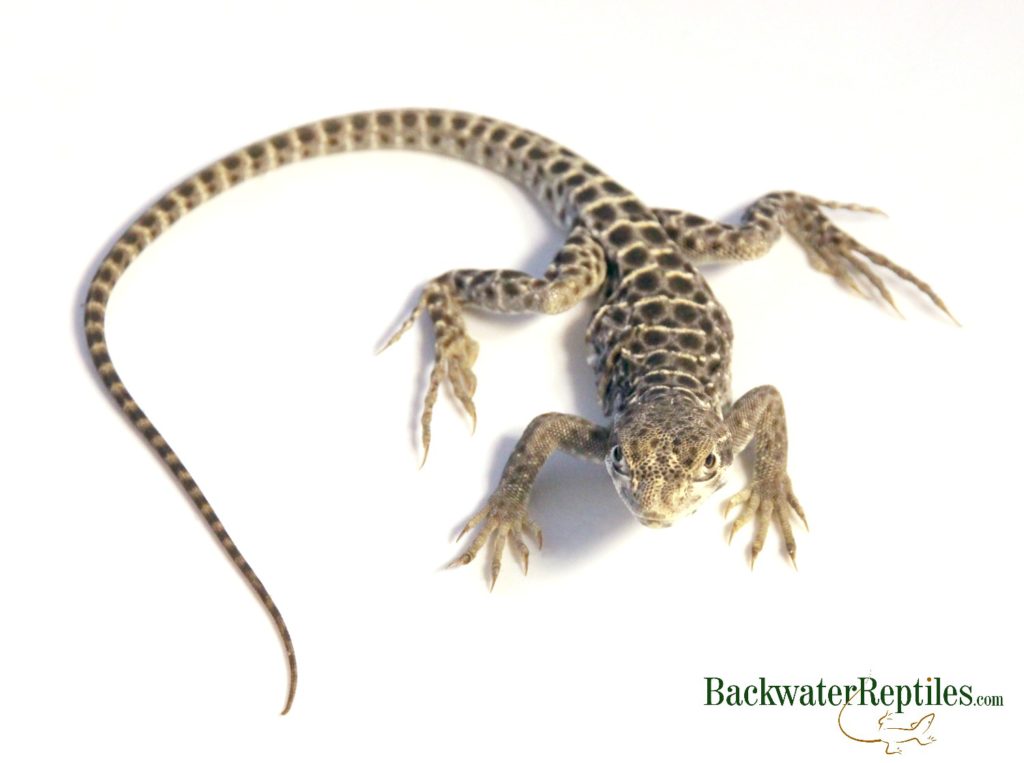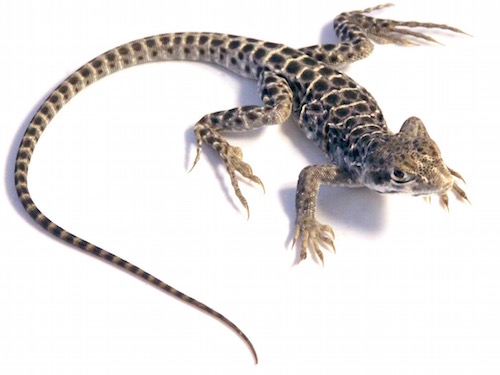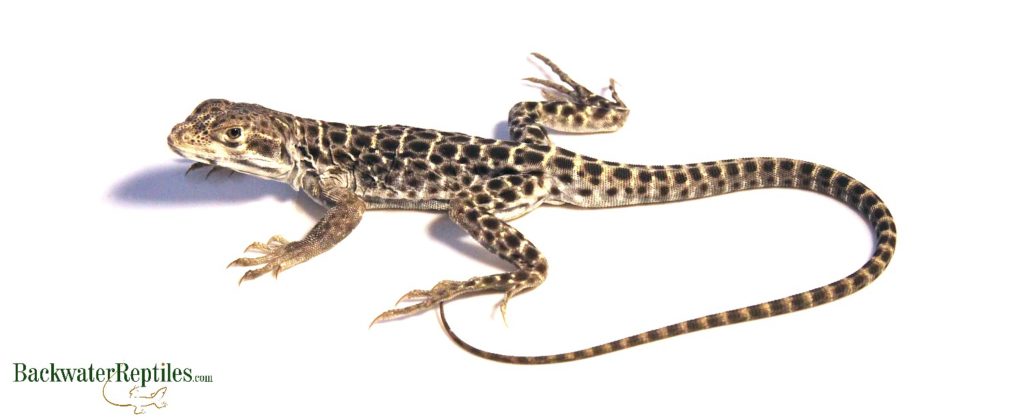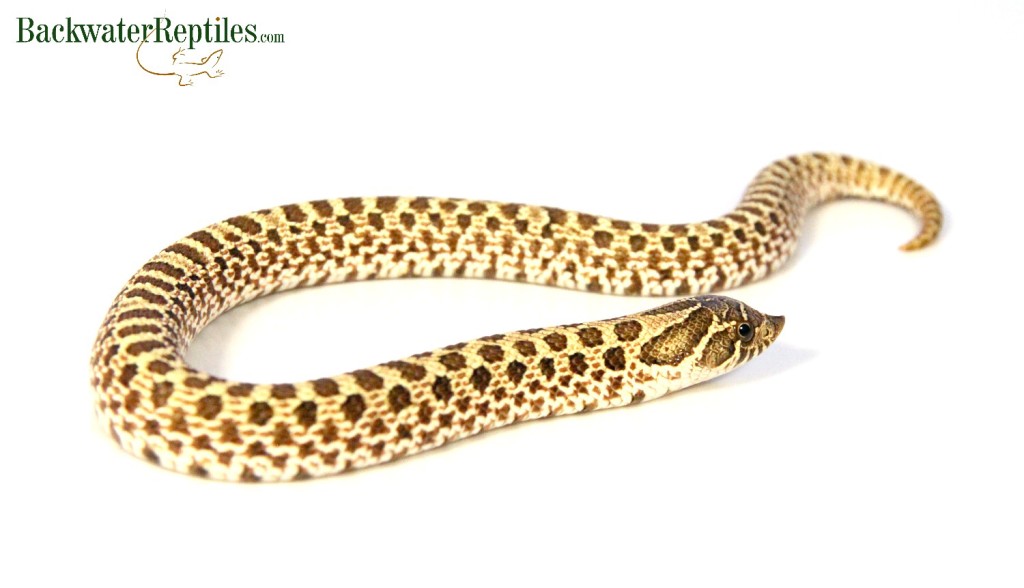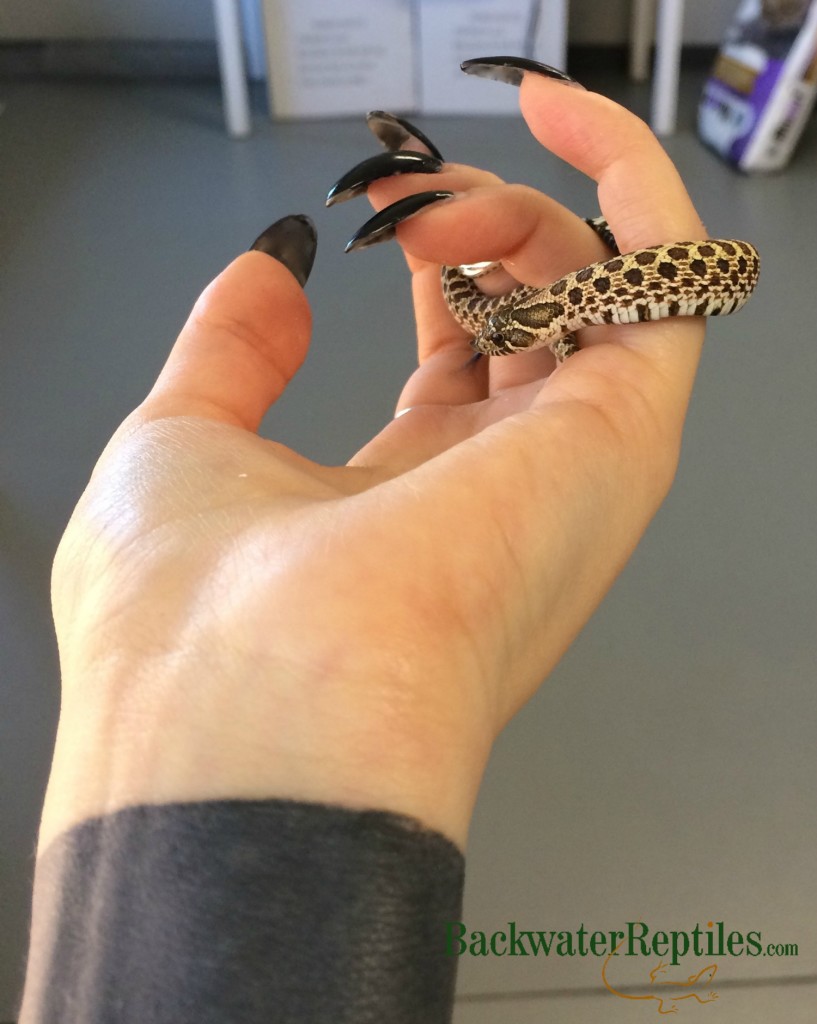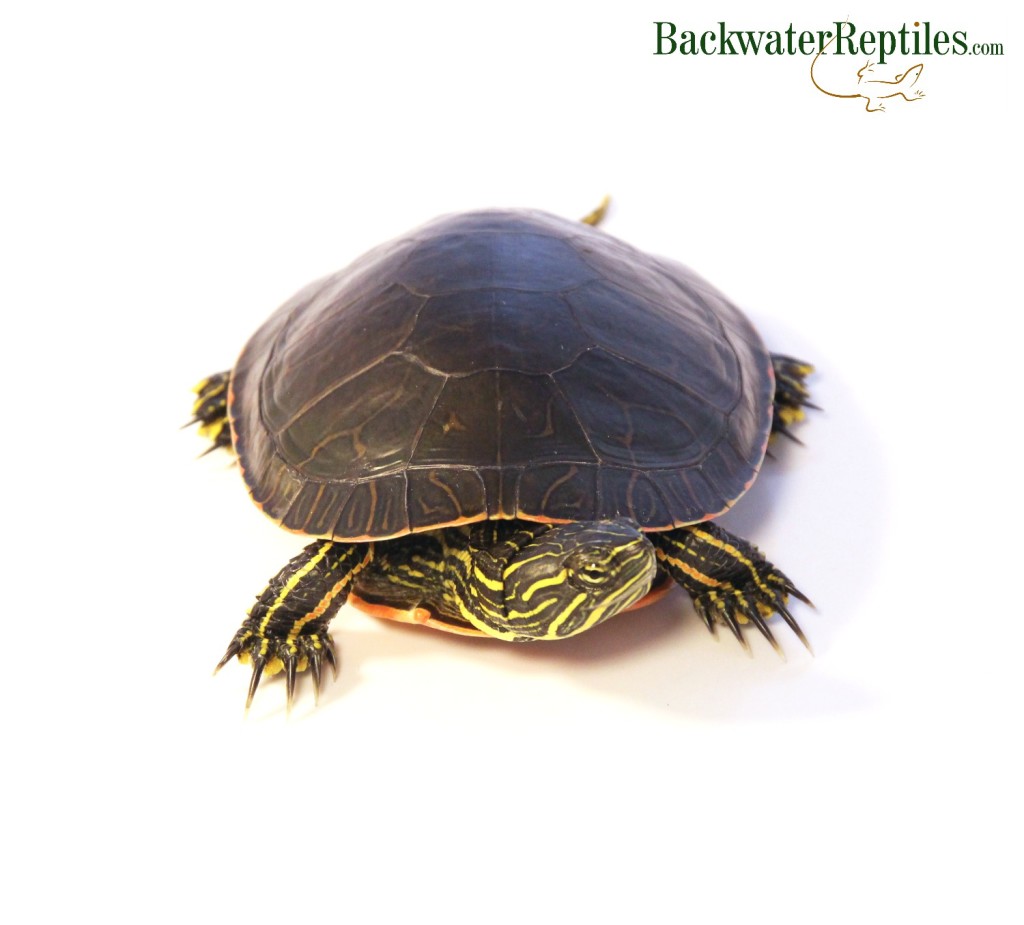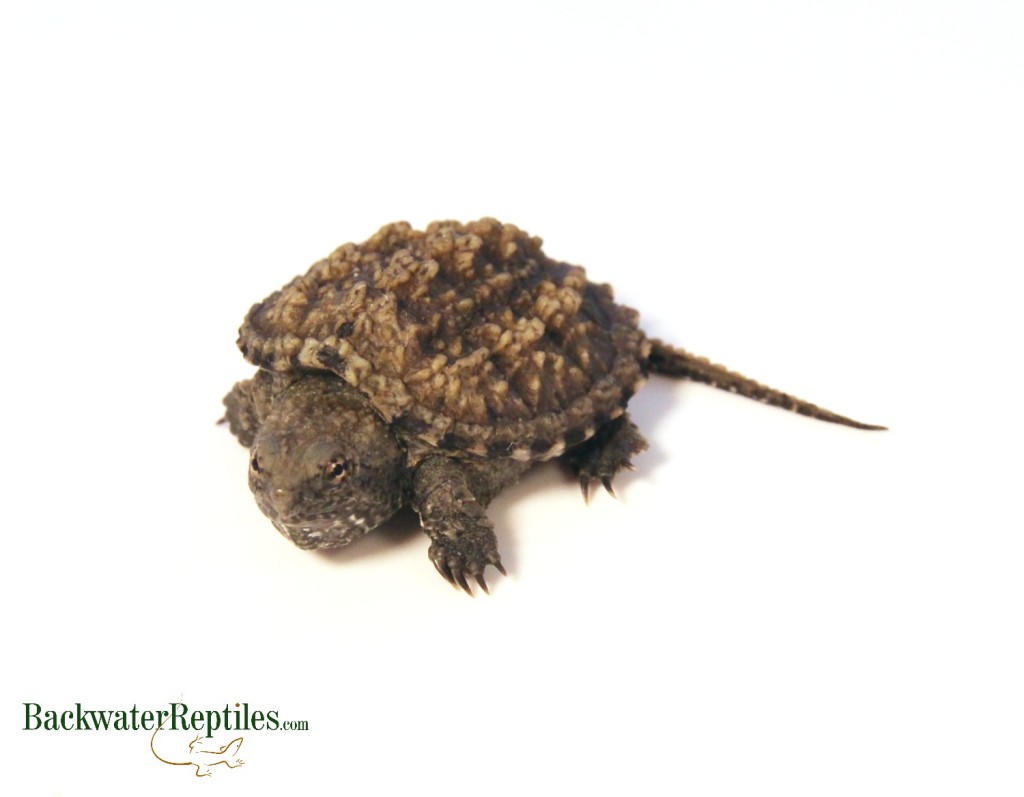If you are unfamiliar with the sunbeam snake (Xenopeltis unicolor), you’re not alone. Because these prismatic snakes have pretty specific care requirements, they’re actually not very popular in the reptile world.
Truth be told, there’s also not a lot of information online explaining how to best care for the sunbeam snake. Therefore, in this blog article, we’ll detail how we care for our sunbeams and hopefully help out anyone thinking about investing in one of these gorgeous animals.
Sunbeam Snake Description
The most striking feature of the sunbeam snake is its unmistakable iridescence. In fact, this brilliant rainbow hue is how this snake got its common name. Other snakes such as the rainbow boa might also be iridescent, but when the sunbeam snake’s scales interact with the sun’s rays, the result is unbelievable. Other snakes just can’t compete!

Aside from shimmering scales, sunbeam snakes are fairly monochromatic. Their dorsal sides are dark, deep brown or even black. Their under bellies are cream-colored or whitish. They have small eyes and pointy heads with little neck demarcation.
Sunbeam Snake Habitat & Housing
The first thing that is important to know when keeping a sunbeam snake is that these reptiles are burrowers. They live in Asian rice paddies in the wild where there is lots of moisture, humidity, and plenty of places to hide. Therefore, sunbeam snakes spend lots of time underground.
Because sunbeams are burrowers, it is of utmost importance that you provide your snake with a substrate that accommodates this behavior as well as retains moisture. Cypress mulch, moss, and loose reptile bark all work well. Be sure that the substrate is damp, but not dripping wet.

Humidity levels need to stay between 80 to 100% at all times. This might seem a bit high, but keep in mind that rice paddies are nearly always flood lands and sunbeams are used to this type of environment. One of the worst things an owner can do for a sunbeam snake is to allow its home to dry out.
The hot end of your sunbeam snake’s enclosure should stay between 85 and 88 degrees Fahrenheit, while the cooler side should be in between 75 to 80 degrees. We recommend a heating pad to regulate temperature, but you can also use a lamp that doesn’t give off light. Sunbeams aren’t nocturnal or afraid of light, but they do spend most of their time underground, so there is no real need for UV lighting.
Sunbeam Snake Disposition
As we’ve already mentioned, sunbeam snakes are burrowers. They spend most of their time underground and usually only emerge to catch prey and eat. This means they are solitary, secretive animals that appreciate privacy.
Sunbeam snakes are not aggressive, but they don’t really enjoy being handled too frequently. In fact, it rather stresses them out. If you want a hands on pet snake, we don’t recommend that you get a sunbeam. Sunbeam snakes should be handled minimally and left to their own devices when possible.
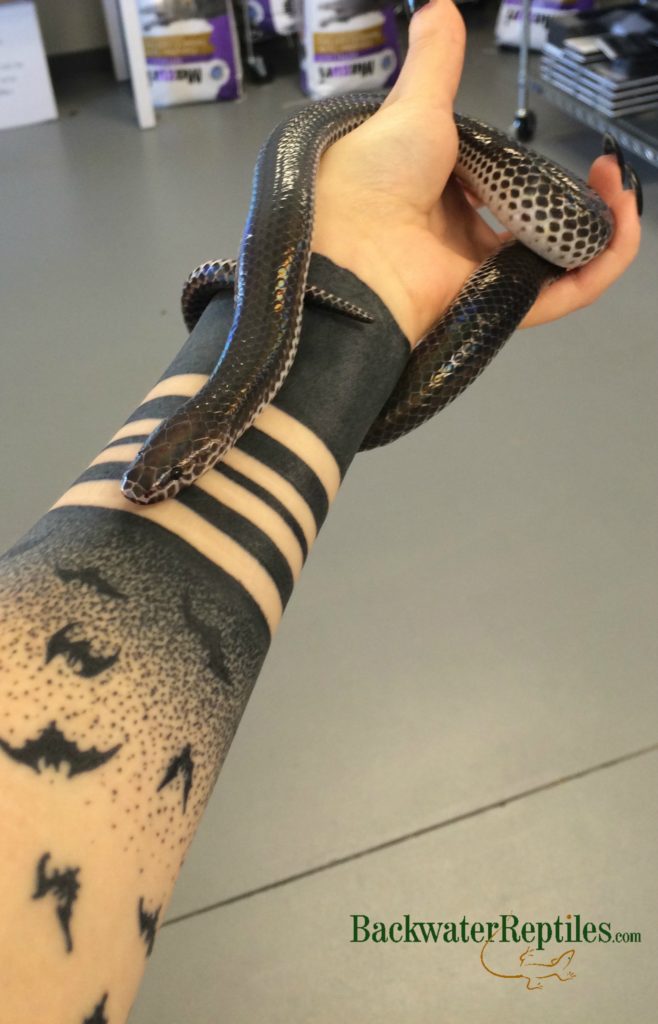
One thing that you should also be aware of is that sunbeam snakes can excrete a very nasty musk when stressed. So, unless you want to shower, we highly recommend not poking, prodding, holding, or otherwise making your sunbeam feel threatened.
Feeding Your Sunbeam Snake
Many people are surprised at how quickly sunbeam snakes eat. They lunge for prey very speedily, constrict, and swallow it nearly as rapidly.
In the wild, sunbeams are known to consume frogs, shrews, moles, lizards, and other small vertebrates. In captivity, they will strike at anything that disturbs their substrate, so we recommend using tongs and offering them appropriately sized frozen/thawed mice.
Conclusion
Although sunbeam snakes are absolutely stunning animals with brilliantly shiny rainbow scales, we don’t recommend them to everyone. These snakes are best suited to owners who understand that sunbeams enjoy solitude and like being left alone.
Keep in mind that sunbeam snakes have four basic requirements in captivity to stay happy and healthy: solitude, humidity, a place to burrow, and warmth. If you are ready to provide these things to a pet sunbeam snake of your very own, Backwater Reptiles does sell them.

